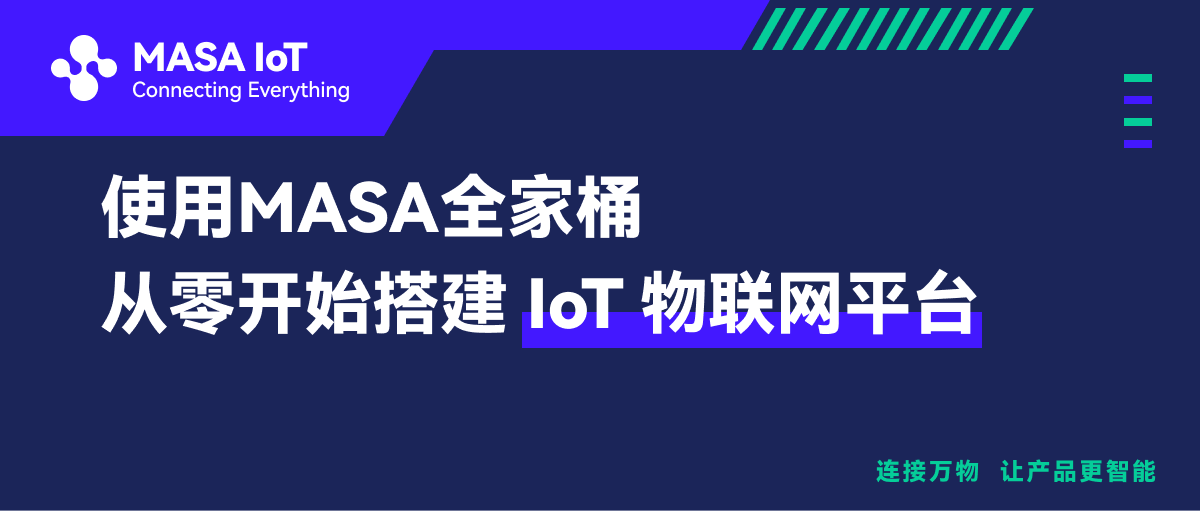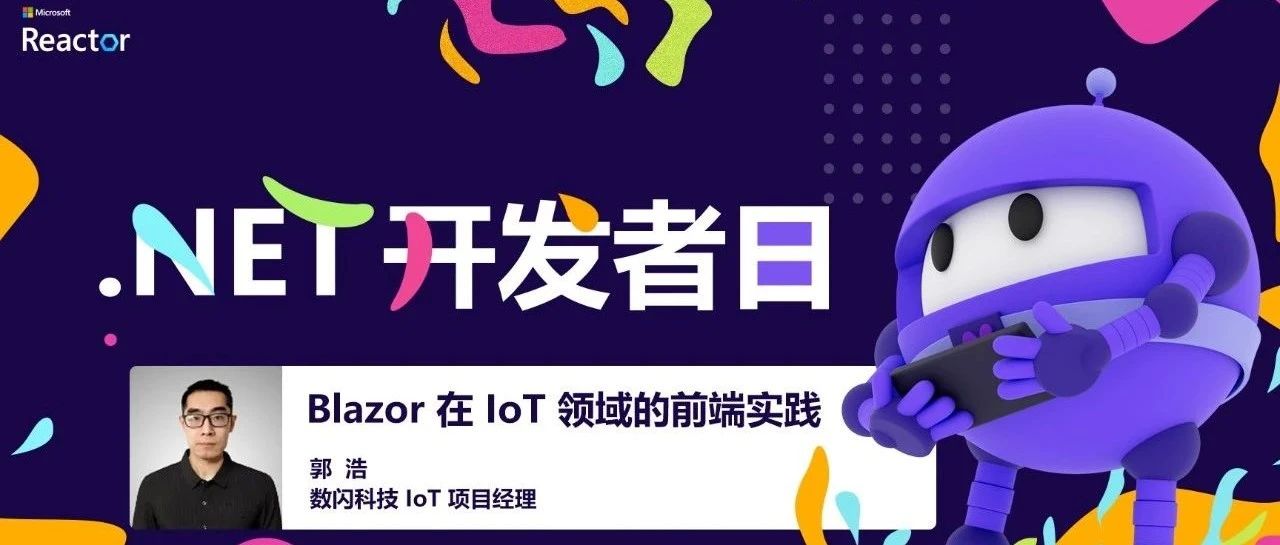前言 我们不希望任何设备都可以接入我们的IoT平台,所以一个设备正常的接入流程是这样的,
1、上位机软件通过串口或其他方式读取设备的唯一标识码UUID 。
2、上位机调用IoT后台接口,发送UUID 和ProductID 。
3、后台接口判断设备是否注册过,如果没有注册过,就根据ProductID 并按照一定规律生成DeviceName 和Password 通过接口返回给上位机软件。
4、上位机软件通过串口将接口返回的数据写入设备。
一、设备注册流程 这里主要涉及四个概念
1、UUID(设备唯一ID,一般为设备主控板编号)
2、ProductID(设备所属产品ID,在IoT后台定义)
3、DeviceName(设备在IoT平台或MQTT的名称,该名称大多与产品相关)
4、Password(设备连接MQTT的密码)
二、MQTT注册 1.在EMQX中添加认证方式
选择Built-in Database方式,内置数据库进行密码认证
账号类型选择username,加密方式和加盐方式可以保持默认。
点击创建后可以在认证菜单中看到新建的认证方式,状态为:已连接。
我们点击用户管理->添加 可以手动创建用户
这里的场景我们是通过上位机调用IoT后端,IoT接口内部调用EMQX接口来实现自动创建用户的
2.创建Api Key 调用接口需要认证,这里我们使用Api key的方式,我们在系统设置->API密钥中创建一个API密钥
Secret Key 只有创建的时候才会显示明文,我们需要记录下API Key 和 Secret Key
3.调用接口创建用户 我们在浏览器打开EMQX 的RestAPI swagger
http://localhost:18083/api-docs/index.html
我们可以通过这个接口来创建用户,这里的Authenticator ID 就是我们上面创建的内置数据库 Password Based 的ID,
这个ID的获取通过下面的authentication方法获取
我们在认证中直接使用API Key 和 Secret Key,接口返回Id:password_based:built_in_database
调用authentication的Post接口,在 id字段输入:password_based:built_in_database,Request body中输入设备的user_id和password即可成功创建用户。
我们在Deshboard的界面中也可以看到刚刚创建的用户
三、测试设备连接 我们使用MQTTX来模拟客户端设备通过mqtt协议连接到EMQX,新建连接,填写地址、端口、和刚刚通过Api创建用户名密码。
点击连接、发现设备已经可以正常连接mqtt了。
在Dashboard中也可以看到当前连接的客户端ID等信息。
四、编写代码 在MASA.IoT.WebApi项目种添加DeviceController控制器并添加DeviceRegAsync方法用于设备注册,
1 2 3 4 5 6 7 8 9 10 11 12 13 14 15 16 17 18 19 20 21 22 namespace MASA.IoT.WebApi.Controllers { [Route("api/[controller]" ) ] [ApiController ] public class DeviceController : ControllerBase { private readonly IDeviceHandler _deviceHandler; public DeviceController (IDeviceHandler deviceHandler ) { _deviceHandler = deviceHandler; } [HttpPost ] public async Task<DeviceRegResponse> DeviceRegAsync (DeviceRegRequest request ) { return await _deviceHandler.DeviceRegAsync(request); } } }
1 2 3 4 5 6 7 8 9 10 11 12 13 14 15 16 17 18 19 20 21 22 23 24 25 26 27 28 29 30 31 32 33 34 35 36 37 38 39 40 41 42 43 44 45 46 47 48 49 50 51 52 53 54 55 56 57 58 59 60 61 62 63 64 65 66 67 68 69 70 71 72 73 74 75 76 77 78 79 80 81 82 83 84 85 86 87 88 89 90 91 92 93 94 95 96 97 98 99 100 101 102 103 104 105 106 107 108 109 110 111 112 113 114 115 116 117 118 119 120 121 122 123 124 125 126 127 128 129 130 131 132 133 134 135 136 137 138 139 140 141 using MASA.IoT.WebApi.Contract;using MASA.IoT.WebApi.IHandler;using MASA.IoT.WebApi.Models.Models;using Microsoft.EntityFrameworkCore;namespace MASA.IoT.WebApi.Handler { public class DeviceHandler : IDeviceHandler { private readonly MASAIoTContext _ioTDbContext; private readonly IMqttHandler _mqttHandler; public DeviceHandler (MASAIoTContext ioTDbContext, IMqttHandler mqttHandler ) { _ioTDbContext = ioTDbContext; _mqttHandler = mqttHandler; } public async Task<DeviceRegResponse> DeviceRegAsync (DeviceRegRequest request ) { var productInfo = await _ioTDbContext.IoTProductInfo.FirstOrDefaultAsync(o => o.ProductCode == request.ProductCode); if (productInfo == null ) { return new DeviceRegResponse { Succeed = false , ErrMsg = "ProductCode not found" }; } var deviceRegInfo = await GetDeviceRegInfoAsync(request); if (deviceRegInfo != null ) { return deviceRegInfo; } else { var deviceName = await GenerateDeviceNameAsync(productInfo.SupplyNo, request.ProductCode, request.UUID); var password = Guid.NewGuid().ToString("N" ); var addDeviceResponse = await _mqttHandler.DeviceRegAsync(deviceName, password); if (addDeviceResponse.user_id == deviceName) { deviceRegInfo = new DeviceRegResponse { DeviceName = deviceName, Password = password, Succeed = true , ErrMsg = string .Empty }; await _ioTDbContext.IoTDeviceInfo.AddAsync(new IoTDeviceInfo { Id = Guid.NewGuid(), DeviceName = deviceName, Password = password, ProductInfoId = productInfo.Id, }); await _ioTDbContext.SaveChangesAsync(); return deviceRegInfo; } return new DeviceRegResponse { Succeed = false , ErrMsg = addDeviceResponse.message }; } } private async Task<DeviceRegResponse?> GetDeviceRegInfoAsync(DeviceRegRequest request) { var deviceware = await _ioTDbContext.IoTDevicewares.FirstOrDefaultAsync(o => o.ProductCode == request.ProductCode && o.UUID == request.UUID); if (deviceware == null ) { return null ; } else { var deviceInfo = await _ioTDbContext.IoTDeviceInfo.FirstAsync(o => o.DeviceName == deviceware.DeviceName); return new DeviceRegResponse { DeviceName = deviceInfo.DeviceName, Password = deviceInfo.Password, Succeed = true , ErrMsg = string .Empty }; } } private async Task<string > GenerateDeviceNameAsync (string supplyNo, string productCode, string uuid { var lastDeviceware = await _ioTDbContext.IoTDevicewares.Where(o => o.ProductCode == productCode).OrderByDescending(o => o.CreationTime).FirstOrDefaultAsync(); var newDeviceware = new IoTDevicewares { Id = Guid.NewGuid(), UUID = uuid, ProductCode = productCode, CreationTime = DateTime.Now }; if (lastDeviceware != null && lastDeviceware.DeviceName.StartsWith(supplyNo + DateTime.Today.ToString("yyyyMMdd" ))) { newDeviceware.DeviceName = (long .Parse(lastDeviceware.DeviceName) + 1 ).ToString(); } else { newDeviceware.DeviceName = supplyNo + DateTime.Today.ToString("yyyyMMdd" ) + "0001" ; } await _ioTDbContext.IoTDevicewares.AddAsync(newDeviceware); await _ioTDbContext.SaveChangesAsync(); return newDeviceware.DeviceName; } } }
这里生成设备名称用了一个简单的算法
1 2 3 4 5 6 7 8 9 10 11 12 13 14 15 16 17 18 19 20 21 22 23 24 25 26 27 28 29 30 31 32 33 34 35 36 37 using Flurl.Http;using MASA.IoT.WebApi.Contract.Mqtt;using MASA.IoT.WebApi.IHandler;using Microsoft.Extensions.Options;using System.Net;namespace MASA.IoT.WebApi.Handler { public class MqttHandler : IMqttHandler { private readonly AppSettings _appSettings; public MqttHandler (IOptions<AppSettings> settings ) { _appSettings = settings.Value; } public async Task<AddDeviceResponse> DeviceRegAsync (string deviceName,string password { var url = $"{_appSettings.MqttSetting.Url} /api/v5/authentication/password_based:built_in_database/users" ; var response = await url.WithBasicAuth(_appSettings.MqttSetting.ApiKey, _appSettings.MqttSetting.SecretKey).AllowAnyHttpStatus().PostJsonAsync(new AddDeviceRequest { user_id = deviceName, password = password, } ); if (response.StatusCode is (int or (int or (int { return await response.GetJsonAsync<AddDeviceResponse>(); } else { throw new UserFriendlyException(await response.GetStringAsync()); } } } }
总结 以上就是本文要讲的内容,本文介绍了通过账号密码的方式通过接口在EMQX中创建用户,并连接EMQX的过程,EMQX支持的认账方式还有很多,例如JWT认证方式可以授权一次性密码认证,可以控制认证的有效期,我们在后面的章节具体应用中会进行说明。
完整代码在这里:https://github.com/sunday866/MASA.IoT-Training-Demos
如果你对我们的 MASA 感兴趣,无论是代码贡献、使用、提 Issue,欢迎联系我们
WeChat:MasaStackTechOps
QQ:7424099


